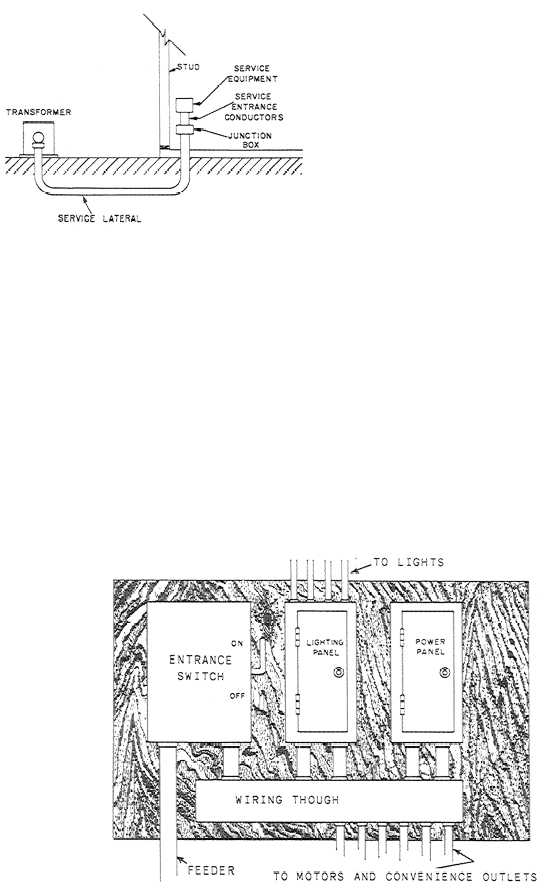Figure 9-9.—Underground service to building.
transformer to the junction box and to the
service equipment.
Service Entrance
The starting point for interior wiring is the
SERVICE ENTRANCE, which brings power
from the service conductors to the service equip-
ment. Refer again to figure 9-8. As shown in this
figure, the service entrance conductors are
connected to the service drop at a point just
outside the building. These conductors may
be approved single conductors run through
a protective raceway, such as rigid metallic
or nonmetallic conduit. The service entrance
conductor may also be an approved type of
service entrance cable that does not need raceway
protection unless it is likely to be damaged by
abrasions or from being struck by passing equip-
ment. Where single conductors are used, they
must be insulated as require by the NEC®. The
NEC® also specifies the size wire that may be used
as service entrance cable.
Also shown in figure 9-8 is a SERVICE
HEAD. A service head, frequently called a
WEATHERHEAD, is used with a raceway to
provide an entrance for the conductors into the
building. The weatherhead is designed to prevent
the entrance of rain into the raceway. It is also
designed to reduce abrasion to the insulation.
A SERVICE ENTRANCE SWITCH (left-
hand side of fig. 9-10) provides a means of
brings the power to the building, are called the
service lateral. Sometimes these conductors are
tied to an overhead distribution system, and they
run down the pole into the ground before they
are run to the building. In other cases, the entire
distribution system, except for the transformers,
is underground. The service lateral may be
connected to a secondary main, or, if the building
is served by separate transformers, it is connected
to the transformers.
The service lateral may be installed in rigid
conduit, either metallic or nonmetallic, or it can
be installed with underground service entrance
(USE) cable. The figure shows the layout of an
underground service lateral run from the
Figure 9-10.—Typical layout for entrance switch, lighting panel, and power panel.
9-7

